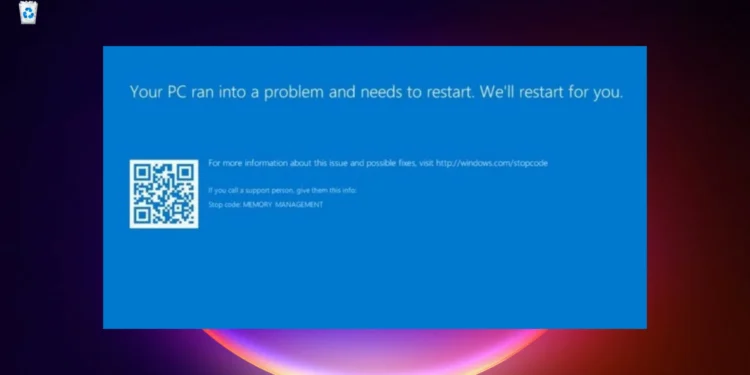Windows 11, Microsoft’s latest operating system iteration, has been hitting headlines again, but for reasons that might alarm users. A recent update intended to enhance system functionality has instead caused significant disruptions, prompting a stark warning from Microsoft. Here’s an in-depth look at what’s going wrong and the temporary solutions on offer.
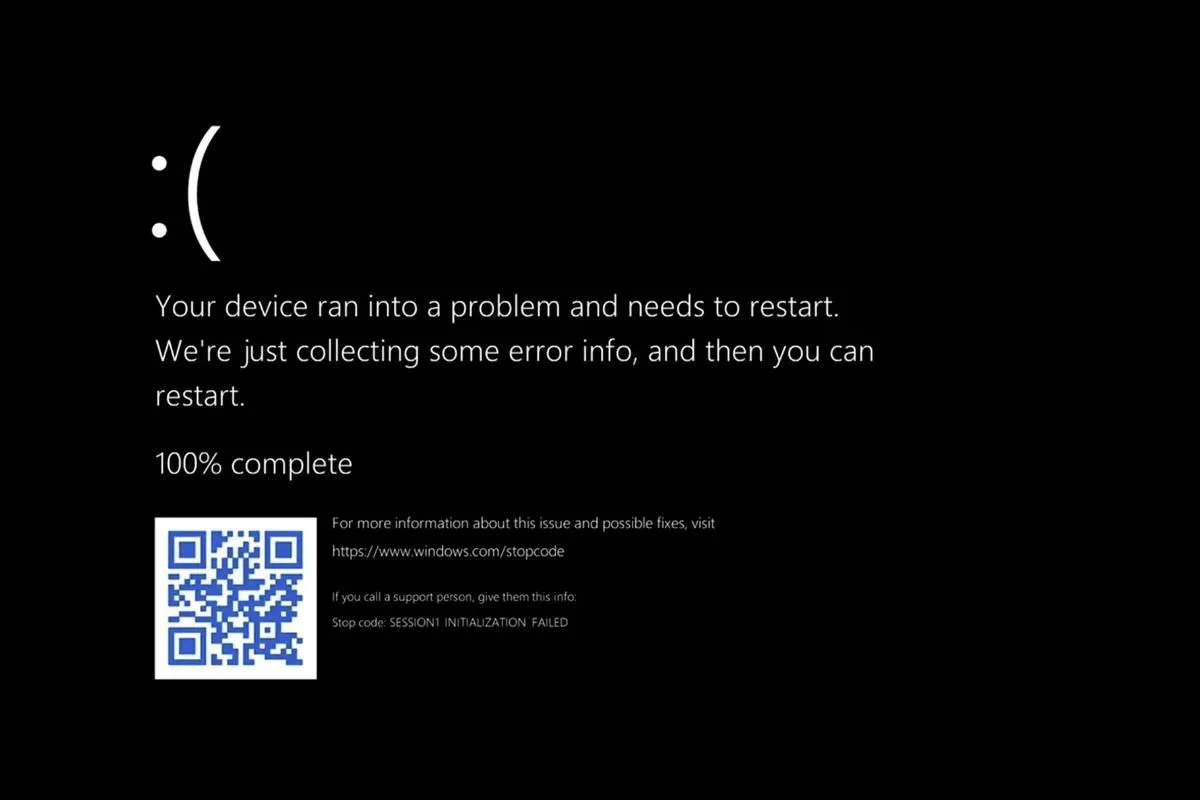
A Troublesome Update Turns Tides
On September 26, Microsoft rolled out an update for Windows 11, labelled KB5043145, which brought with it several anticipated features and fixes. Enhancements included a direct file-sharing option from search results and a new sign-out command in the Start menu, alongside fixes for issues like Edge browser and Task Manager freezes. However, the update also introduced severe glitches that have left many systems in a continuous reboot loop, flashing the notorious blue and, occasionally, green screens of death.
This isn’t the first time Windows users have faced such disruptive issues following an update, recalling the CrowdStrike update debacle earlier in July. The current situation has drawn widespread attention, exacerbated by the severity of the system disruptions. Microsoft has confirmed these issues, stating: “The update can leave customers with a Windows 11 system that restarts multiple times or becomes unresponsive with blue or green screens,” following the installation. They added a distressing note about the Automatic Repair tool, which may launch after several reboots, and an unexpected trigger of BitLocker recovery.
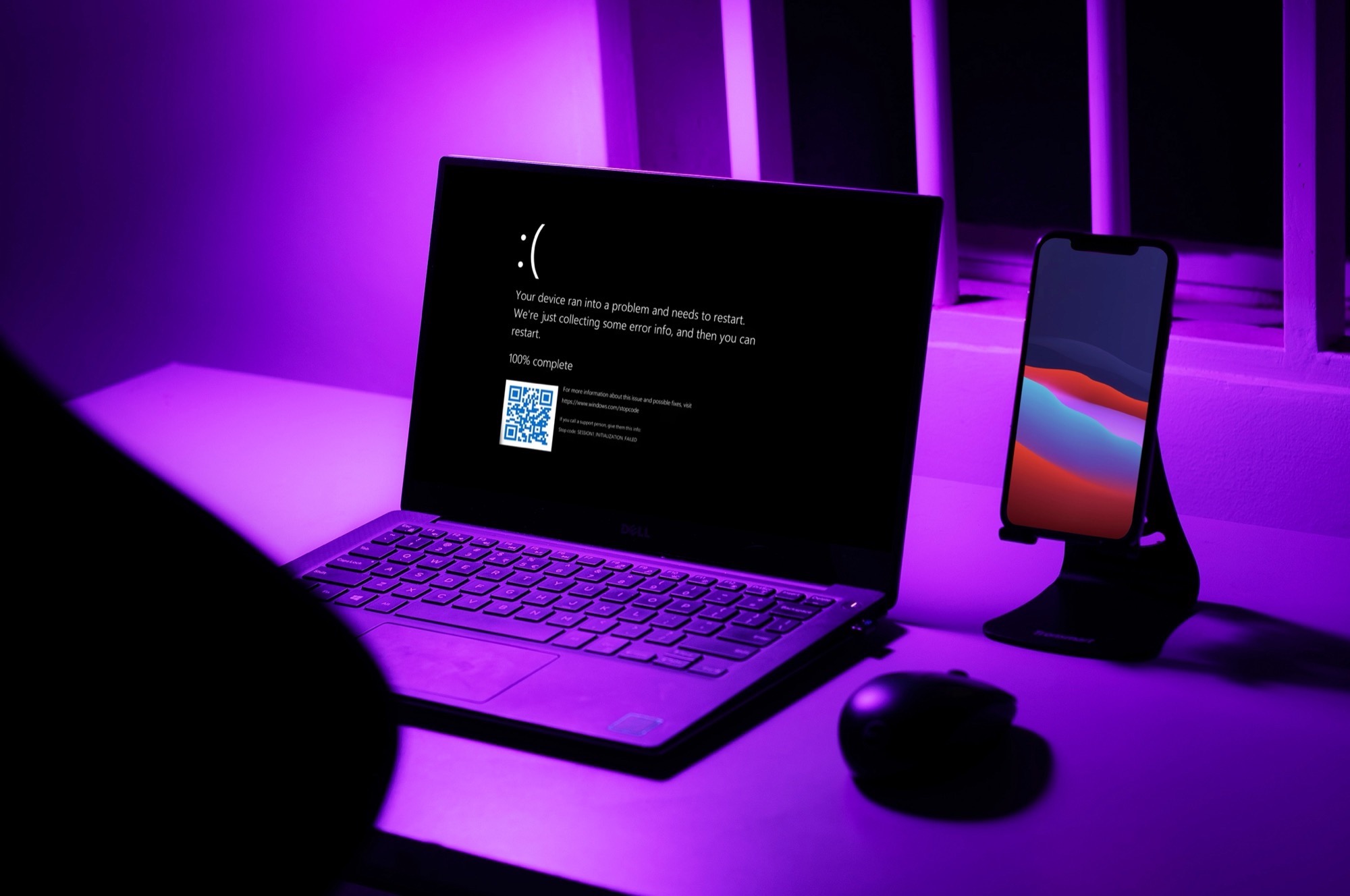
The Search for Solutions and Temporary Fixes
As Microsoft scrambles to resolve these glitches, a temporary solution has been put forward. According to Bleeping Computer, reversing the update through the Known Issue Rollback feature may mitigate the problems. This feature removes non-security updates and could potentially restore system stability until a more permanent fix is rolled out. It’s reported that enterprise users must install the Windows 11 22H2 KB5043145 240904_041021 Known Issue Rollback Group Policy. “We are working to include the resolution in a future Windows update,” Microsoft reassured, “Once the update with the resolution is released, organizations will not need to install and configure this Group Policy to address this issue.” Despite the temporary fix, many users remain cautious. The advice from experts is to hold off uninstalling the problematic update until Microsoft provides a stable and lasting solution.
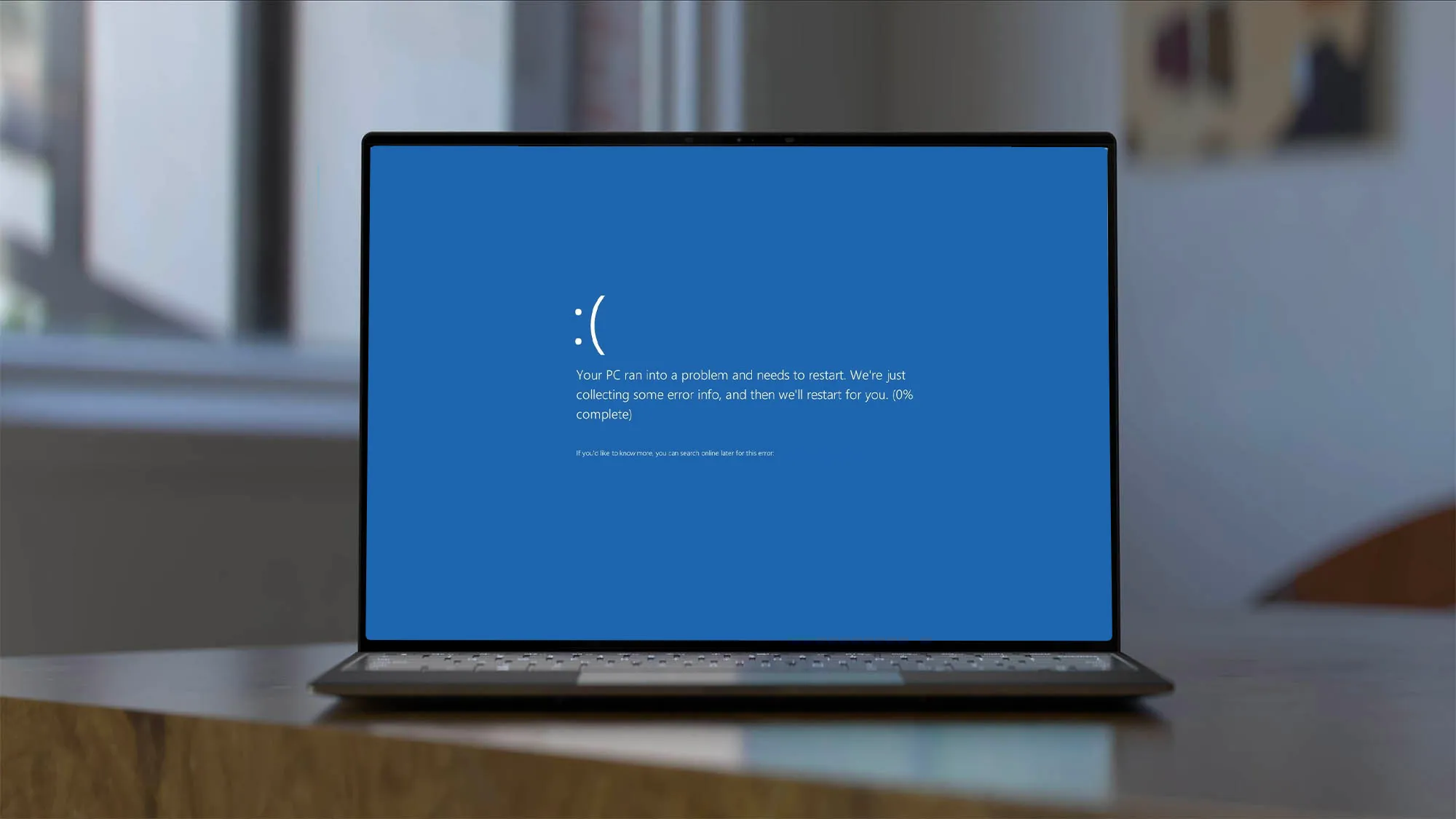
Looking Ahead: Implications for Microsoft and Users
This incident has highlighted ongoing challenges in the tech giant’s update rollout strategy, sparking debates about the quality assurance processes that precede such widespread releases. For many users, the fear of disruptive updates may lead to hesitancy in applying new patches, which can also pose security risks if critical vulnerabilities are not addressed promptly.
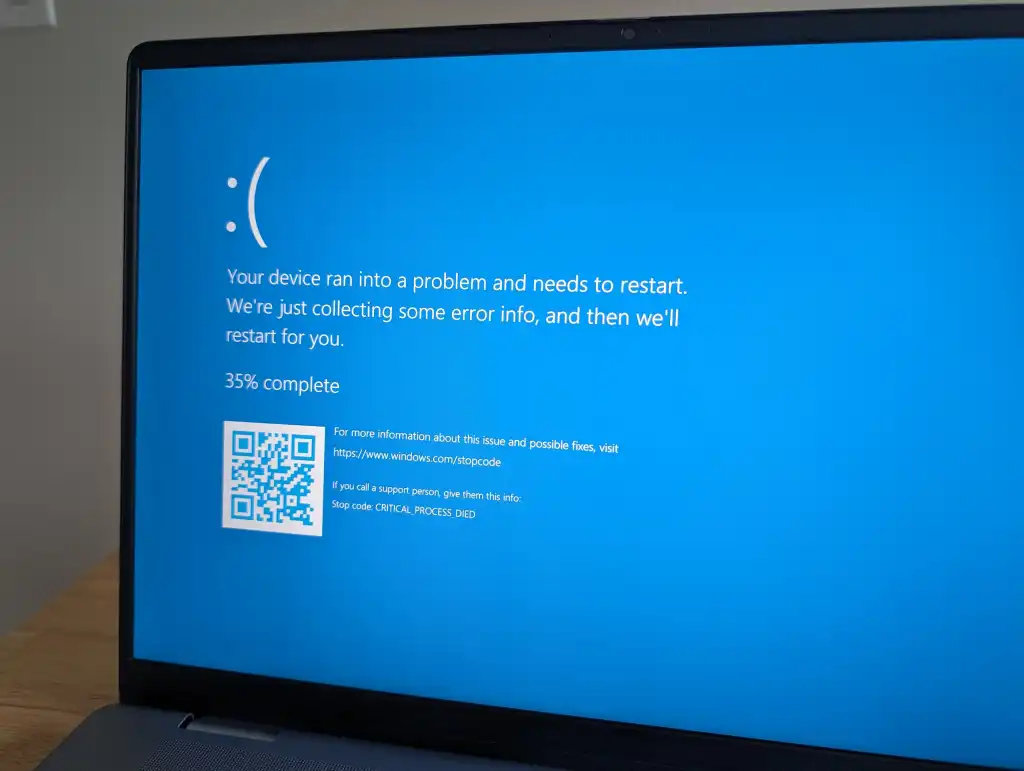
As Microsoft continues to investigate and work towards a resolution, Windows 11 users are left to navigate the precarious balance between staying updated and maintaining system stability. The tech community eagerly awaits further developments, hoping for an update that resolves these issues without introducing new ones. The key takeaway for users and IT professionals is to stay informed and cautiously approach system updates, ensuring backup strategies are in place to mitigate potential disruptions.

